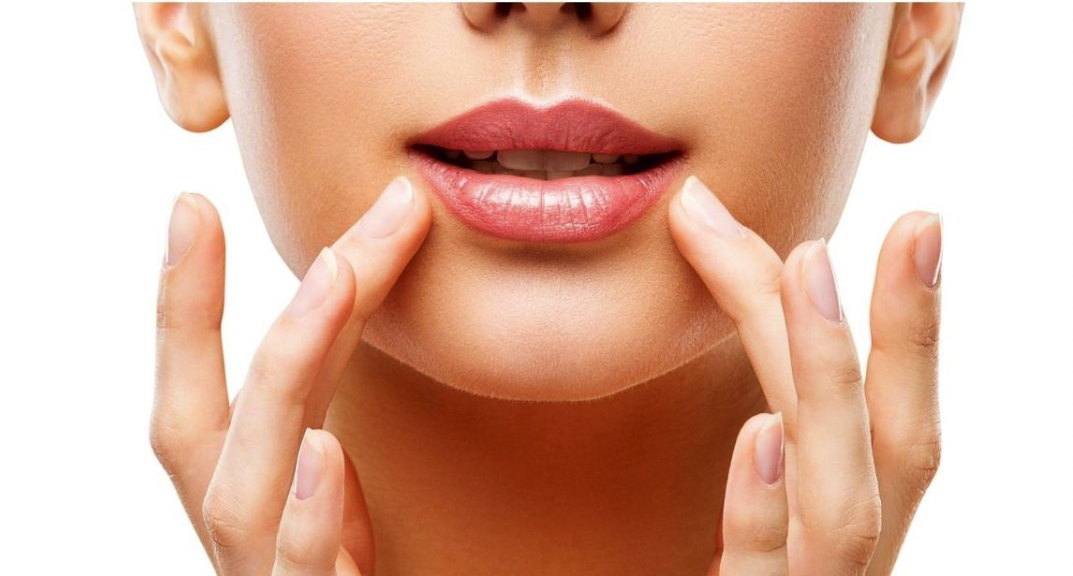What Is Microblading?
What is Microblading?
Microblading is the method of implanting pigment into the fine incisions in the skin. It’s basically tattooing, but it composes of using a more delicate and specialized manual hand tool. Fine strokes are performed by hand to establish the impression of real hairs instead of offering you a block of color as conventional tattooing.
The tip of the pen used in this technique is so fine. The needle reaches only into the shallow layers of the skin, making the method semi-permanent. Microblading lasts one to three years, depending on the person’s skincare routine and skin type.
The process is performed by utilizing a hand device along with fine needles. Every ‘hair’ is etched into the skin, offering a realistic and natural appearance. Microblading could massively lower or fully reconstruct lost eyebrow. It’s also ideal for people who want to recover their brows. It’s also perfect for those who have less to no eyebrows, diminishing brows from over tweezing or from aging. The pigments utilized are picked to complement the natural or preferred color. The skin tone of the person will also be considered.
Some practices are necessary to extend its appearance. Staying away from the sun is important, as it could fade the pigment. Stay away from using too many exfoliants as well, such as glycolic acid and retinol close to your brows. Using this will only lift the top layers of the skin with constant use.
What happens when you get microblading for your eyebrows?
This section will help you fully understand the process of microblading:
· We will shape the brow area by threading the hairs and cleaning up the region. Doing this will prepare your brow for the treatment.
· The numbing will take at least forty minutes with the help of a topical ointment. At the same time, we will show you the color swatches and talk about the ideal shade for you to achieve the best look.
· After ten minutes, we will use tools to start measuring the area around your brows. Some of the things we will consider are your facial features, symmetry, and facial shape, among others.
· We will then start the needling procedure. This involves slowly inserting the pigment with featherweight lashes. Every stroke is a posturing line in the skin where the color pigment dribbles in and relaxes then. We will add another layer of numbing cream to the region if you experience any discomfort at this stage. The numbing cream will be effective after five minutes.
· We will complement the last layer of pigment, which will stay in your skin for five minutes. After that, we’ll finish it by cleaning the area and show you the new eyebrows you have.
· We will conduct another top-up session in four to six weeks to fill in any gaps where the pigment has not taken or healed correctly.
What is the reason behind the top-up session? When does this take place?
The top-up session will happen six to eight weeks after. This is the time where we will evaluate the preliminary procedure we have done. We will add in more strokes and add a darker pigment if needed.
What happens after the treatment?
Following after-care instructions are necessary and vital. You must prevent any scratching and picking to the treated area. Your eyebrows will begin to heal more like a tattoo. Scratching it might trigger irritation.
You might notice that your brows are a bit flaky and look like they have faded after the next ten days. Take note that it’s normal. It will show its final shape and color after thirty days. That could be topped up again in the second session.
Important Rules to Follow Before the Microblading Process
Before the Treatment
· Don’t tint or wax your eyebrow three days before the treatment
· Don’t take Vitamin E or fish oil one week before because there are natural blood thinners
· Don’t have Botox three weeks before
· Don’t use any type of peel or facial two weeks before
· Stop using Vitamin A or any retinol products one month before
· Don’t use sunbeds or sit in direct sunlight two weeks before
· Don’t wax, tweeze, pick or have electrolysis one week before
During the Day of the Treatment
· Don’t take ibuprofen or aspirin 24 hours before
· Don’t drink coffee two hours before
· Don’t drink alcohol 24 to 48 hours before your appointment
After the Treatment
· Apply a small amount of rosehip or coconut oil to every brow in morning and night
· Don’t use any cleansers that have exfoliants or acids
· Wash the eyebrows gently each morning and night with antibacterial soap and water. Make sure every soap is washed away and dry by patting it with a tissue. Doing this will not eliminate the pigment.
Things to Keep in Mind after the Treatment
· Always use a clean pillowcase
· Do not use skincare or any makeup on your brows until they are healed
· Stay away from swimming for ten days
· Prevent long steamy showers for ten days
· Stay away from direct sunlight for four weeks
· No peels, botox, and facials for four weeks
· Prevent yourself from pick
· Prevent doing exercises for one week
· Take note that your eyebrows are not completed until the second session is performed
Frequently Asked Questions
Q: Does it hurt?
Microblading will not hurt too much, but it is more like a sensation. Plus, the procedure is not hurting also because of the applied numbing ointment. Most people find worse is the small scratching sound of the blade. The entire procedure is fast, as the numbing consumes most of the time. Further, you are not in the needle for the entire two hours.
Q: What should I know about Ombre shading?
Ombre shading is considered the new style in semi-permanent makeup. It offers a soft covered brow pencil appearance. It’s more usual looking than solid color after it settled. It also offers awesome depth and definition to your brows. It could be modified based on the desire of the client whether they’re looking for show-stopping bold or light soft shading brows.
Q: What makes Ombre shading different from microblading?
Take note that microblading is composed of separate hair-like strokes replicating the natural hair of eyebrow different to a sketched appearance. The outcomes are lighter than shading. Unluckily, not all skin type is suitable for microblading. The good thing about shading is that it could be joined along with microblading to accomplish a much accurate appearance.
Q: I want to do both shading and microblading. Are there any paybacks to this “combo” brow?
The combination of both shading and microblading is becoming more and more famous. This is ideal for someone who wants the density, definition, and texture of real hair. This is ideal for people who have sparse and thin eyebrows. This includes individuals who suffered from illnesses that are caused by thyroid, alopecia and cancer, among others. These people could massively benefit from this combo, allowing them to obtain a genuine look.
The client could get the hair strokes and density from microblading depending on the situation. Nonetheless, this combo treatment is not suitable for people with oily skin. The constant secretion of oil could cause hair strokes to heal powdery and diffuse.
Q: Who is suitable for ombre shading?
Anyone can undergo ombre shading as long as they don’t have any serious skin or health condition. As a precaution, we don’t do the treatment with nursing women or pregnant. Ombre shading is ideal for all skin types, especially for those people who have oily skin.
Q: How long does ombre shading last on average?
The treatment could last for at least twelve to eighteen months. The retention will vary on various factors. This might include exposure to the sun, health condition, lifestyle, and skin type, among others.
Q: Does ombre shading hurt?
The level pain increases from one individual to another. Take note that a medical-grade topical anesthetic will be utilized for numbing before and during the process. This is done to make the client feel as pain-free and comfortable as possible.
Q: How much time should I wait for the touch-up? Is it mandatory? Is it counted in with the first service?
The touch-up or the follow-up session is normally within four to six weeks. This is already included in the preliminary session. We suggest clients take advantage of this complimentary touch up because the healing outcomes can’t be assured. We could add more density and definition during the touch-up session, and we can make further adjustments as needed.

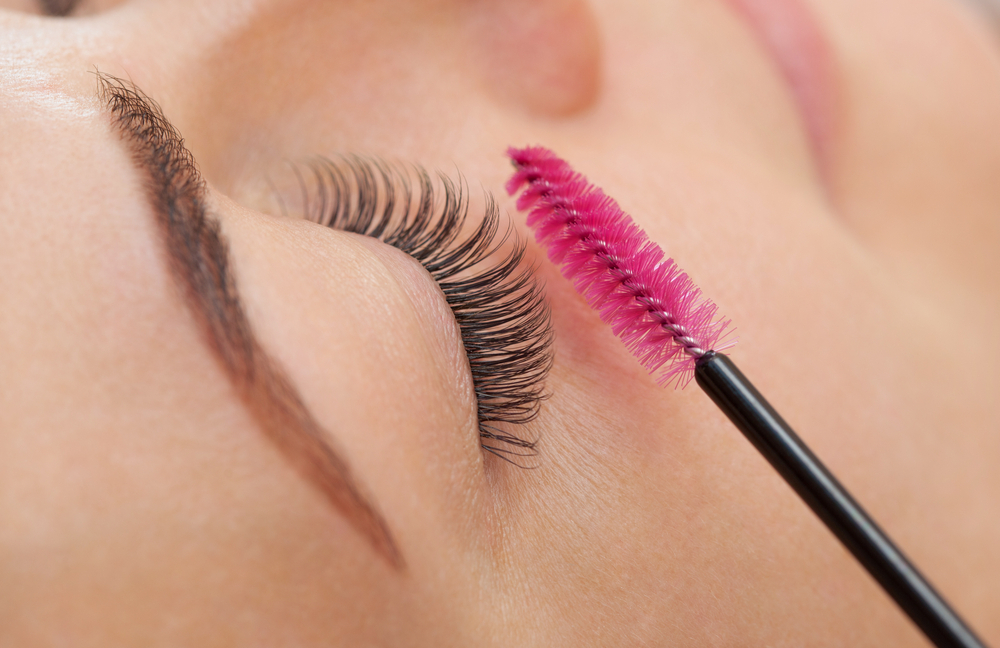
.jpg)
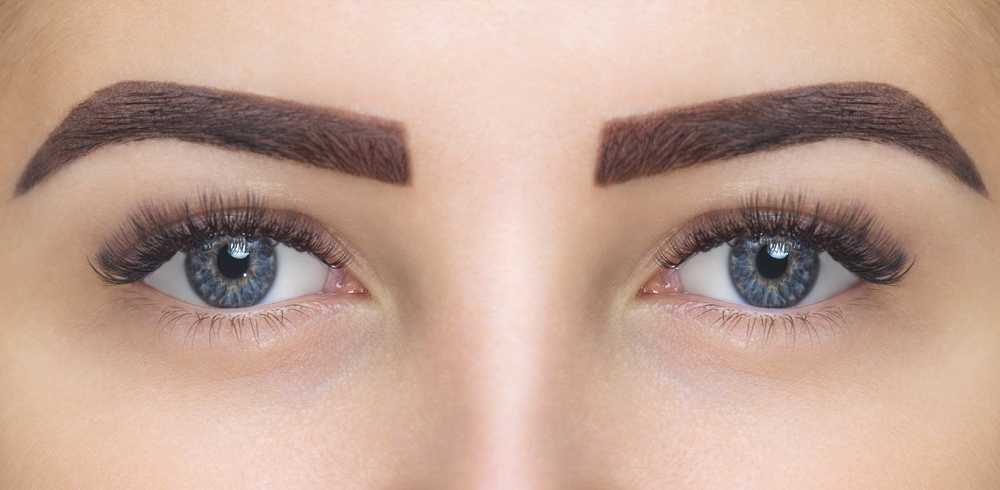
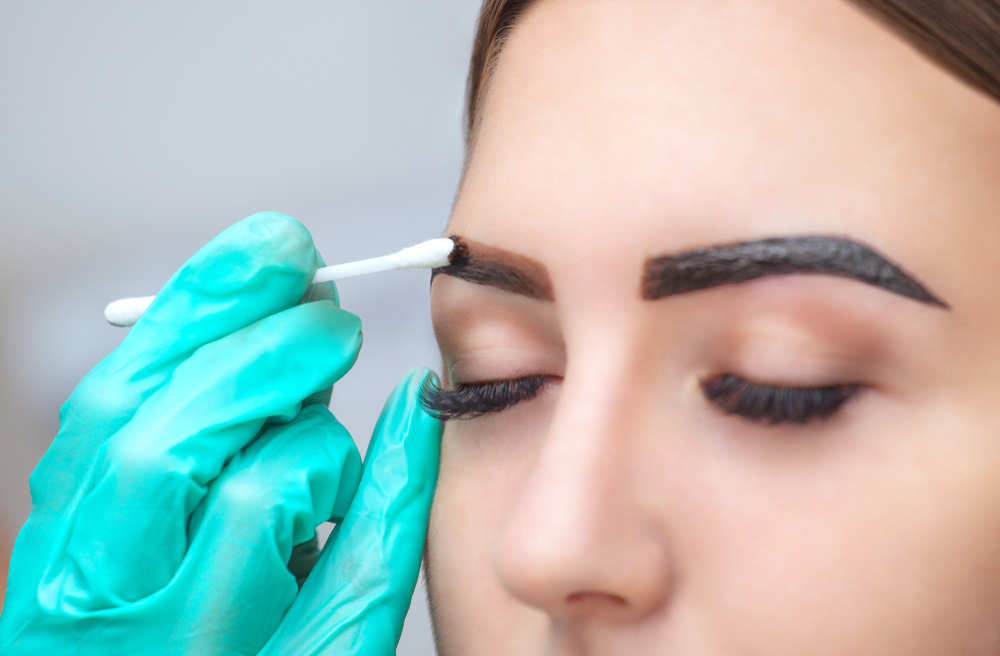
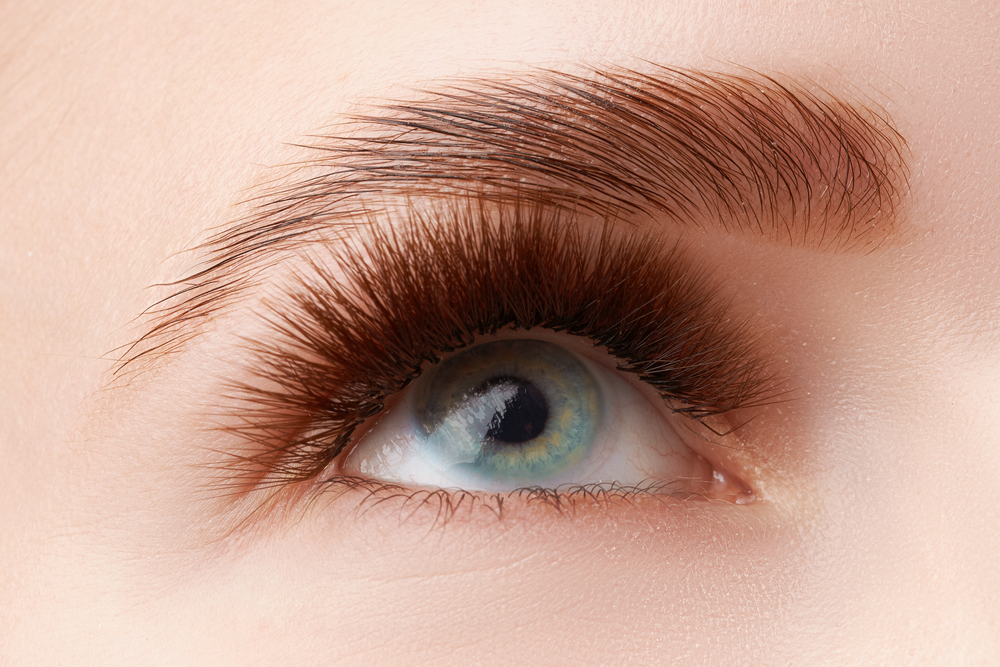
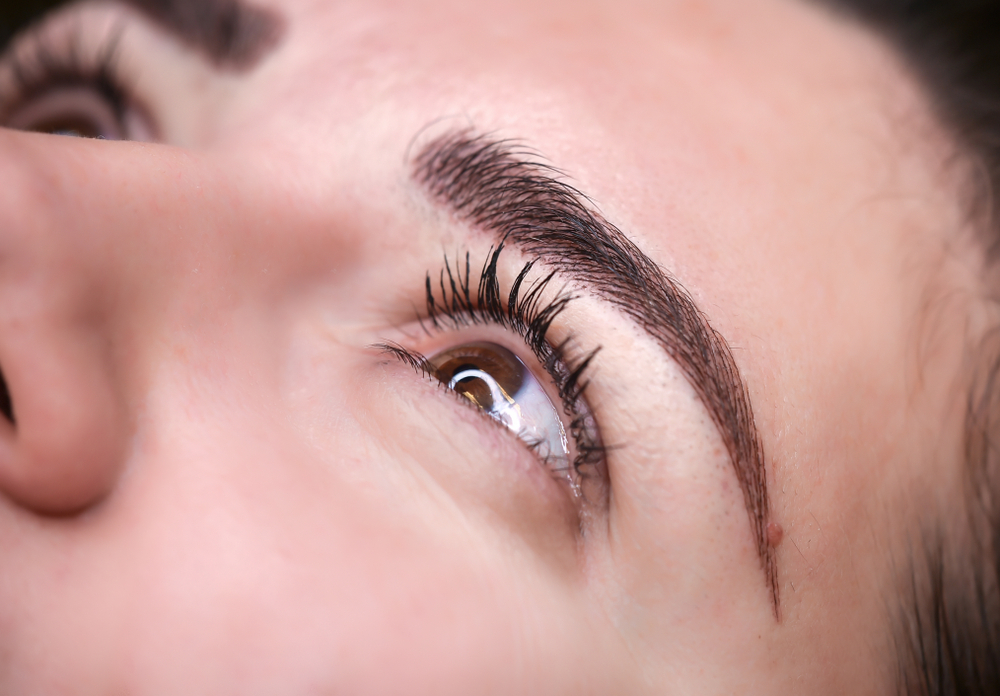
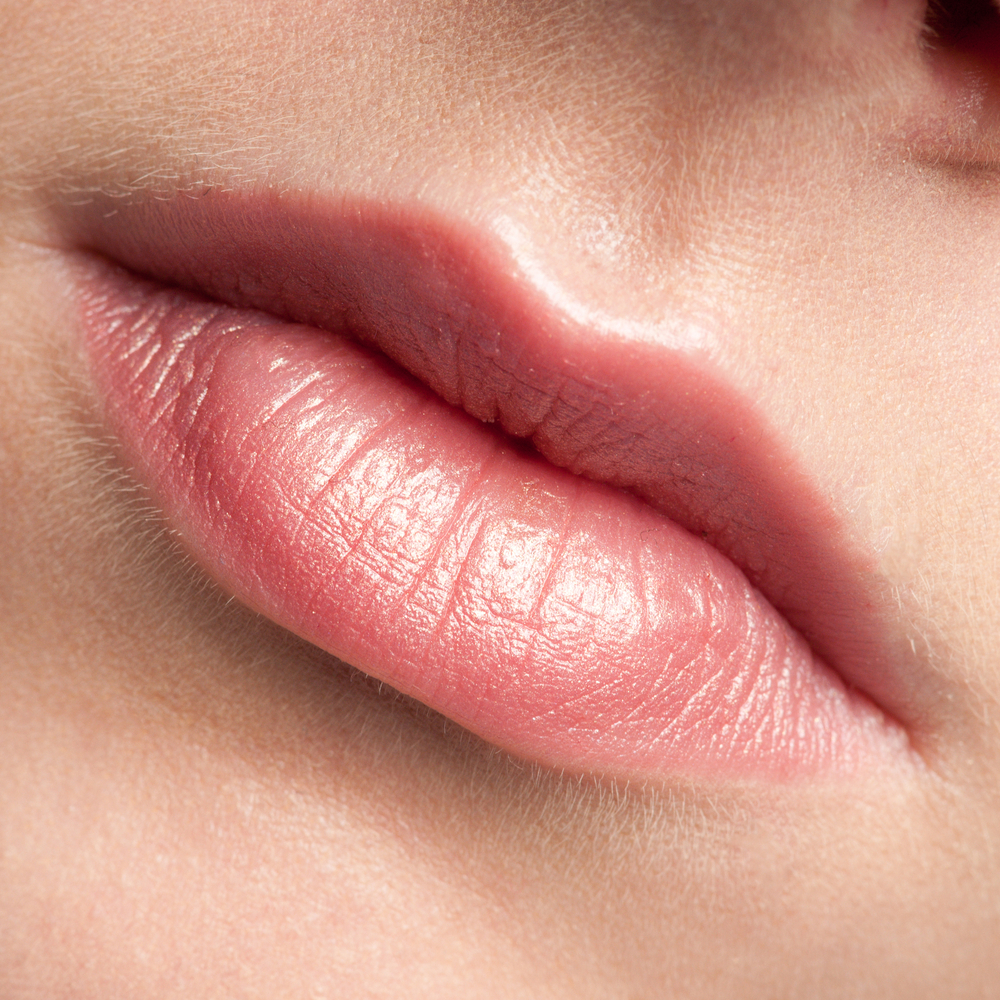
.webp)
